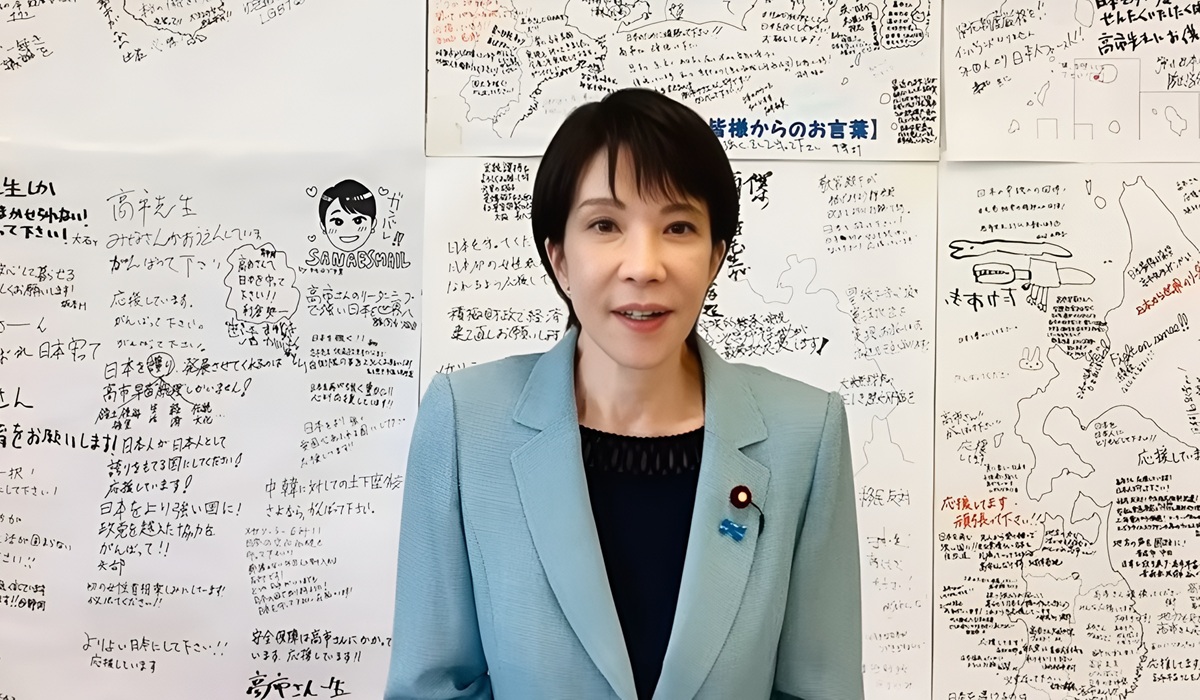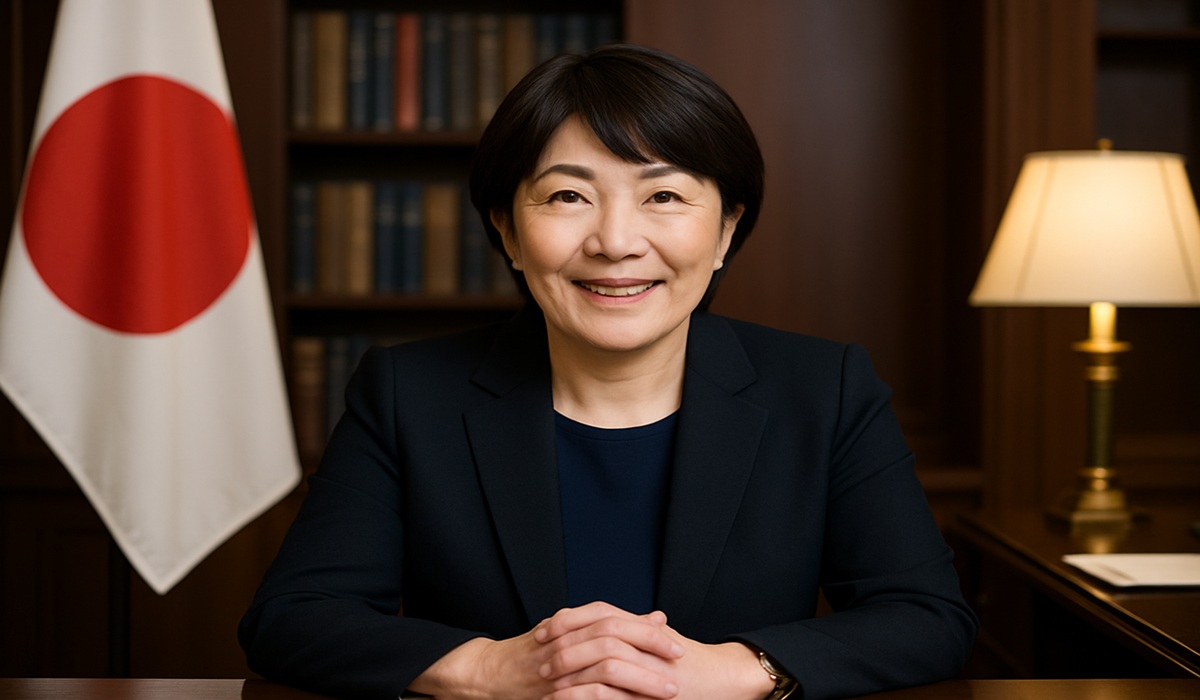Sanae Takaichi Makes History as Japan’s First Female Prime Minister
- Xuemei Pal
- Asia
- Breaking News
- East Asia
- October 6, 2025

Japan has officially elected its first-ever female Prime Minister, Sanae Takaichi, marking a historic milestone in the country’s political evolution. Her victory as leader of the ruling Liberal Democratic Party (LDP) not only shatters a centuries-old gender barrier but also signals a potential shift in Japan’s domestic and foreign policy landscape. The election took place in early October 2025 after a fierce internal party contest that captivated national attention.
Unlike in many Western democracies, Japan’s prime minister is not chosen through a direct public vote. Instead, the leader of the party that holds a majority in the House of Representatives typically assumes the role. The process begins with the party holding an internal leadership election, where candidates compete for votes from both Diet members and local party representatives. In this year’s election, four candidates entered the race, but none achieved an outright majority in the first round. Sanae Takaichi secured 31.07% of the vote, followed by Shinjiro Koizumi with 27.84%. A runoff was then held between the top two contenders. In the second round, Takaichi triumphed with 54.25% of the vote, officially becoming the LDP’s president. Following her win, the National Diet is expected to formally confirm her as Prime Minister in an extraordinary session later this month, solidifying her position as Japan’s head of government.
Sanae Takaichi’s rise to power is the culmination of decades in Japanese politics. Born in Nara Prefecture in 1961, she began her political career in the early 1990s and first entered the House of Representatives in 1993. Although she briefly lost her seat in 2003, she made a comeback two years later and steadily rose through the ranks. Over the years, she has held several ministerial positions, including posts under former Prime Ministers Shinzo Abe and Fumio Kishida. Most notably, she served as Minister of Economic Security from 2022 to 2024, a role that positioned her at the center of Japan’s response to growing global supply chain vulnerabilities and geopolitical tensions.
Takaichi’s reputation is that of a staunch conservative and a political protégé of the late Shinzo Abe. Her policies often emphasize national defense, constitutional reform, and a strong stance on economic sovereignty. She has advocated for aggressive stimulus spending, tax cuts for small businesses, and increased investment in defense technology. Her critics, however, warn that her nationalist leanings and close ties to right-wing factions could polarize Japan’s already fragmented electorate. Despite her historic status as the first woman to lead Japan, Takaichi has expressed traditional views on gender roles and family structures, leading some to question how much her leadership will advance women’s rights in a country that consistently ranks low among developed nations for gender equality.
Still, her election represents an undeniable cultural shift. Japan has long lagged behind its peers in promoting women to top political and corporate roles. Takaichi’s ascent challenges the notion that leadership in Japan must remain a male domain. For many women, her rise carries symbolic weight, offering a vision—however complex—of what is possible in a political system that has been slow to change. Yet others see her as a paradox: a trailblazer for women’s representation who may not necessarily champion feminist causes.
Takaichi’s first test will be navigating a divided political landscape. The LDP, though still Japan’s dominant party, has faced declining support amid public frustration over economic stagnation, rising living costs, and political scandals. She inherits a government under pressure to address inflation, an aging population, and tensions with neighboring countries, including China and North Korea. Diplomatic watchers expect her to maintain Japan’s alliance with the United States while strengthening defense capabilities at home, a stance consistent with her long-standing advocacy for constitutional amendments that would allow Japan a more assertive military posture.
The challenges ahead are immense. Japan’s economy continues to struggle with slow growth, labor shortages, and high public debt. The population continues to shrink, placing a heavy burden on younger generations and the country’s social welfare systems. Internationally, Japan finds itself balancing between the United States’ strategic priorities and its own need for stability in East Asia. As the first woman to hold Japan’s highest office, Takaichi faces an additional layer of scrutiny—both as a political leader and as a symbol of change in a nation where change often comes slowly.
Her election is a moment of national reflection. It raises questions about what kind of future Japan envisions for itself—one rooted in tradition or one open to transformation. Whether Sanae Takaichi’s leadership will mark the beginning of a new political era or remain a historic anomaly will depend largely on how she governs in the coming months. But for now, her victory stands as a watershed moment in Japanese history, one that has captured the attention of the world and inspired millions at home.








